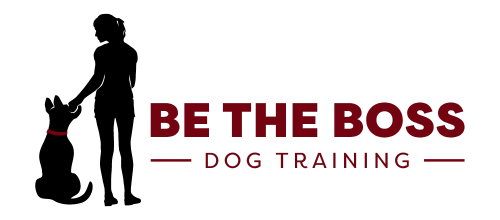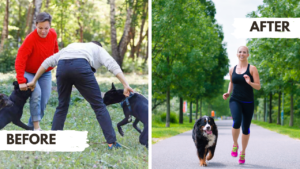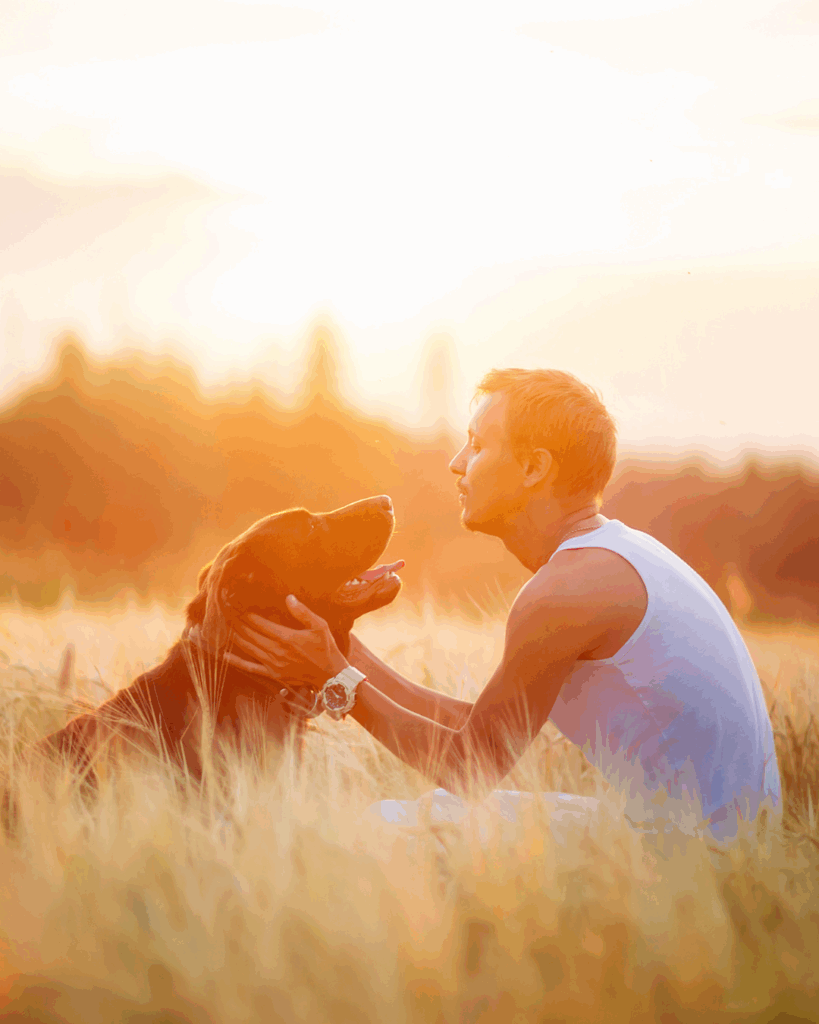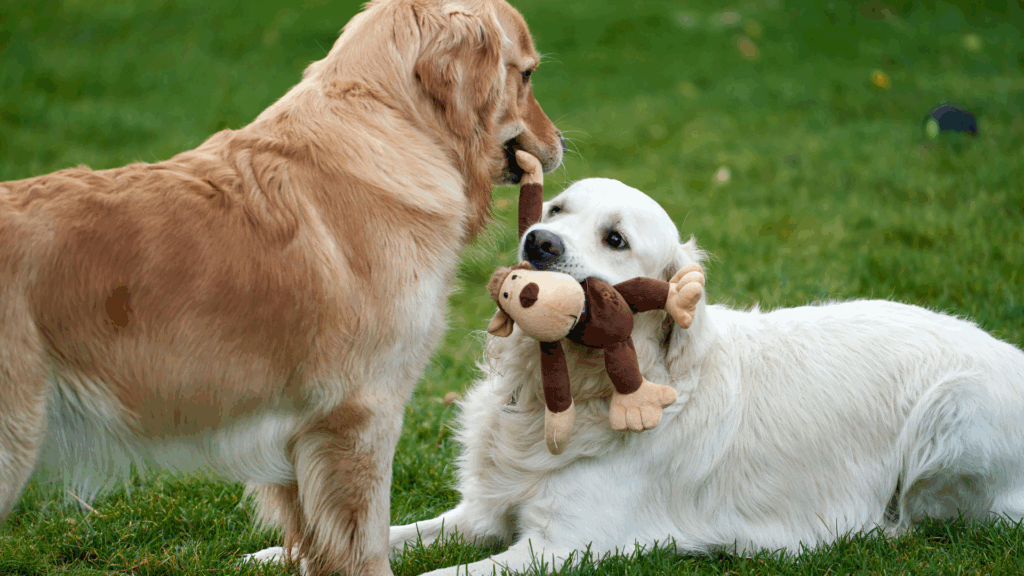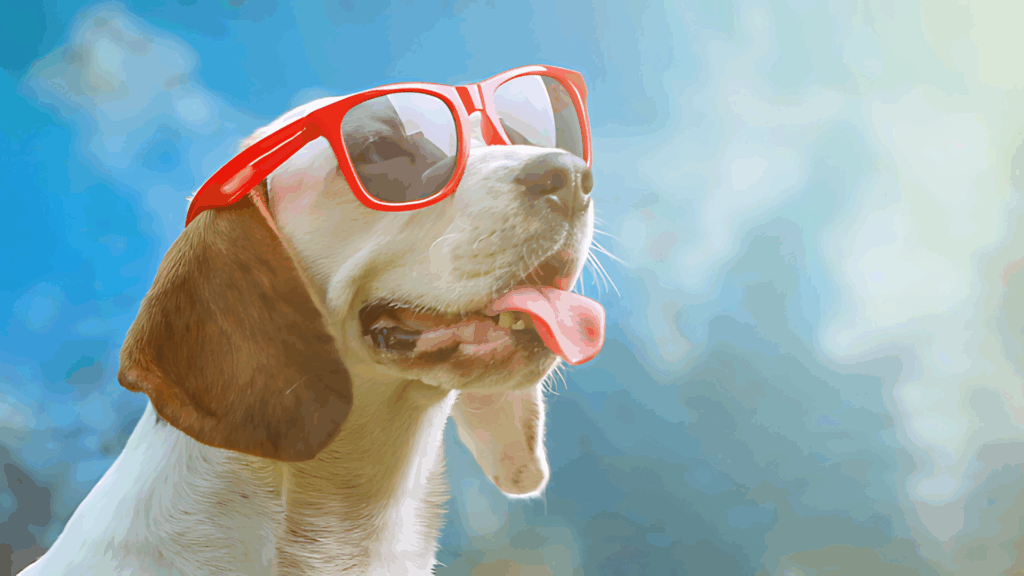Molly’s dog had a bad experience when he was rushed and bitten by another off-leash dog. Molly felt frustrated that she didn’t know how to handle the situation. With the tips we gave Molly she now feels confident she can protect her dog in any situation.
Guess What Happened on My Morning Walk?! 😲🐾
You won’t believe the wild story I have for you today! So, there I was, walking Carbon on our favorite path, humming to the latest tune on the radio. Just another typical morning, right? Wrong.
Out of the blue, this off-leash dog zooms towards us – and not in a “Hey, wanna play fetch?” kind of way. It was more like a “Hold onto your leashes, folks!” scenario. Yikes!
I know, I know – it sounds like something straight out of a doggy soap opera. But it got me thinking… How many of us are truly prepared for these unexpected furry curveballs? Sure, we’ve got our poop bags and treats, but are we equipped for the sudden surprises that might ruffle our tails? 🐶
So, stay pawsitively alert, and let’s figure this out together!
Read below for 3 PRO-ACTIVE tips and 3 RE-ACTIVE tips that can help you and your dog!

What to do BEFOREHAND to stop a negative off-leash interaction
✅ Stay Alert & Scan Ahead: Just like you’d scan the road while driving, always keep an eye out for other dogs, especially those off-leash. By spotting potential trouble from a distance, you can adjust your route or prepare yourself and your dog.
✅ Train a Solid “Leave It” or “Watch Me” Command: Teaching your pup these commands can be a lifesaver. If you spot an off-leash dog, getting your dog to focus on you or walk away can prevent an unwanted encounter.
✅ Equip Yourself: Consider carrying an umbrella, walking stick, or even a product like citronella spray. We like to use The Pet Convincer (affiliate link) as it is harmless air, but deters most dogs.

What to do AFTER or DURING an attack
✅ Stay Calm & Loud: It might be counterintuitive, but freaking out can escalate the situation. Instead, use a firm, loud voice to shout commands like “No!”, “Back!”, or “Stay!” Many dogs will respond to a confident, commanding tone.
✅ Use What You Have: If you’ve got that Pet Convincer we recommend use it to deter the aggressive dog, or use your walking stick to create a barrier. If there are objects available like sticks or stones pick them up and throw them at the dog.
✅ Never Get Between Fighting Dogs: It’s instinct to protect our fur-babies, but getting between fighting dogs is dangerous. If the dogs are already engaged, call for help. Run to a neighbor’s home or yell for the closest human. Grab the dog’s hind legs and wheelbarrow them away from each other. Use anything you can to secure them to a sturdy object, like a fence or tree.
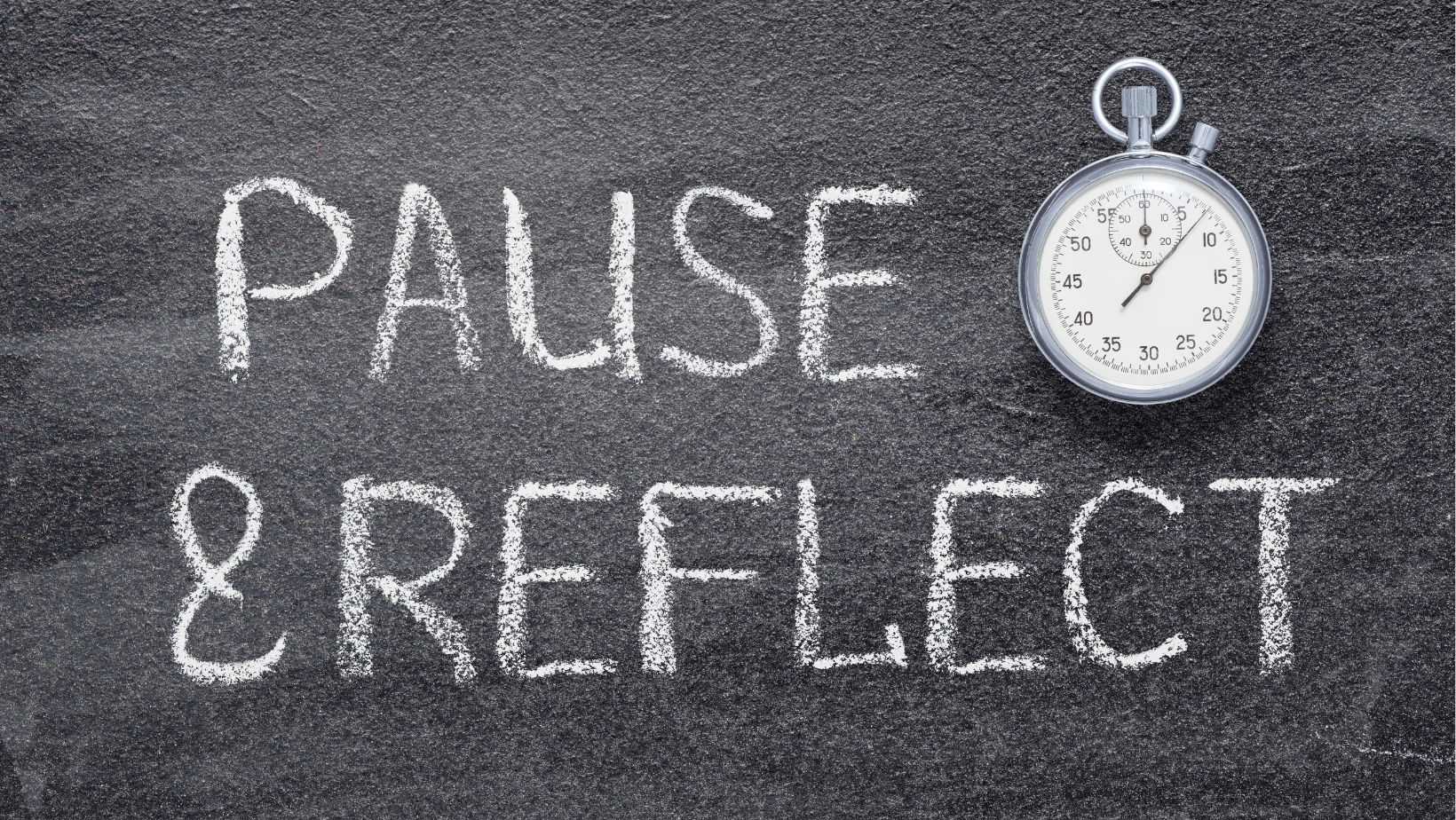
Wrapping It Up: Paws, Reflect, and Protect
Alright, fellow dog enthusiasts, as we bring this guide to a close, let’s take a moment to paws… err, pause and reflect on what we’ve covered.
Walking our dogs should be a joy – a time of bonding, exploration, and a bit of exercise thrown in for good measure. But as we’ve learned, it’s essential to stay vigilant and prepared, ensuring that our adventures remain both fun and safe. While we can’t control every off-leash dog that might come our way, we can control our response, our preparedness, and our commitment to our furry friend’s safety.
Remember, our dogs look up to us (sometimes literally!) for guidance, protection, and love. By equipping ourselves with the knowledge and tools shared in this guide, we’re not only strengthening our bond but also ensuring many more happy walks in the future.
Thank you for taking the time to empower yourself with this information. Walk confidently, stay alert, and most importantly, cherish every wag, woof, and wonder-filled moment with your four-legged companion.
Here’s to happy tails and trail tales! 🐾🌳
Stay safe and keep wagging,
Be the Boss Dog Training
